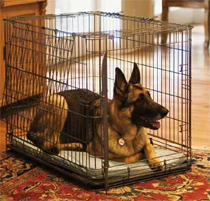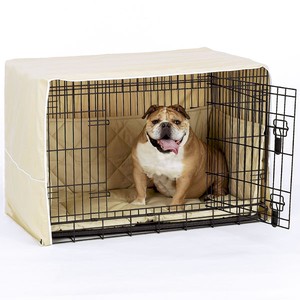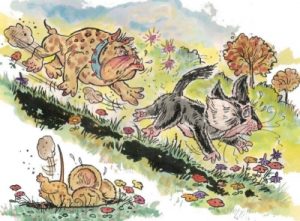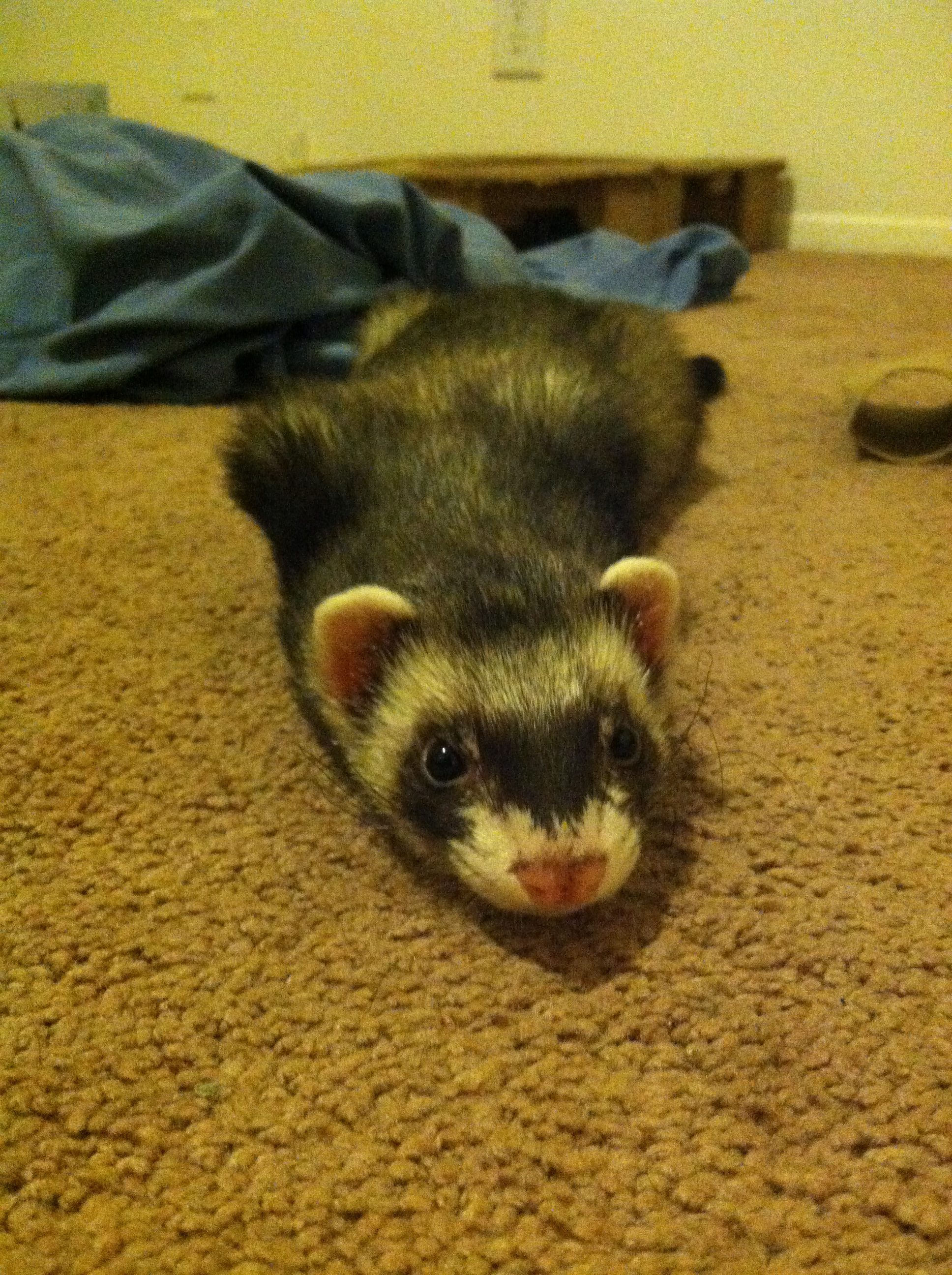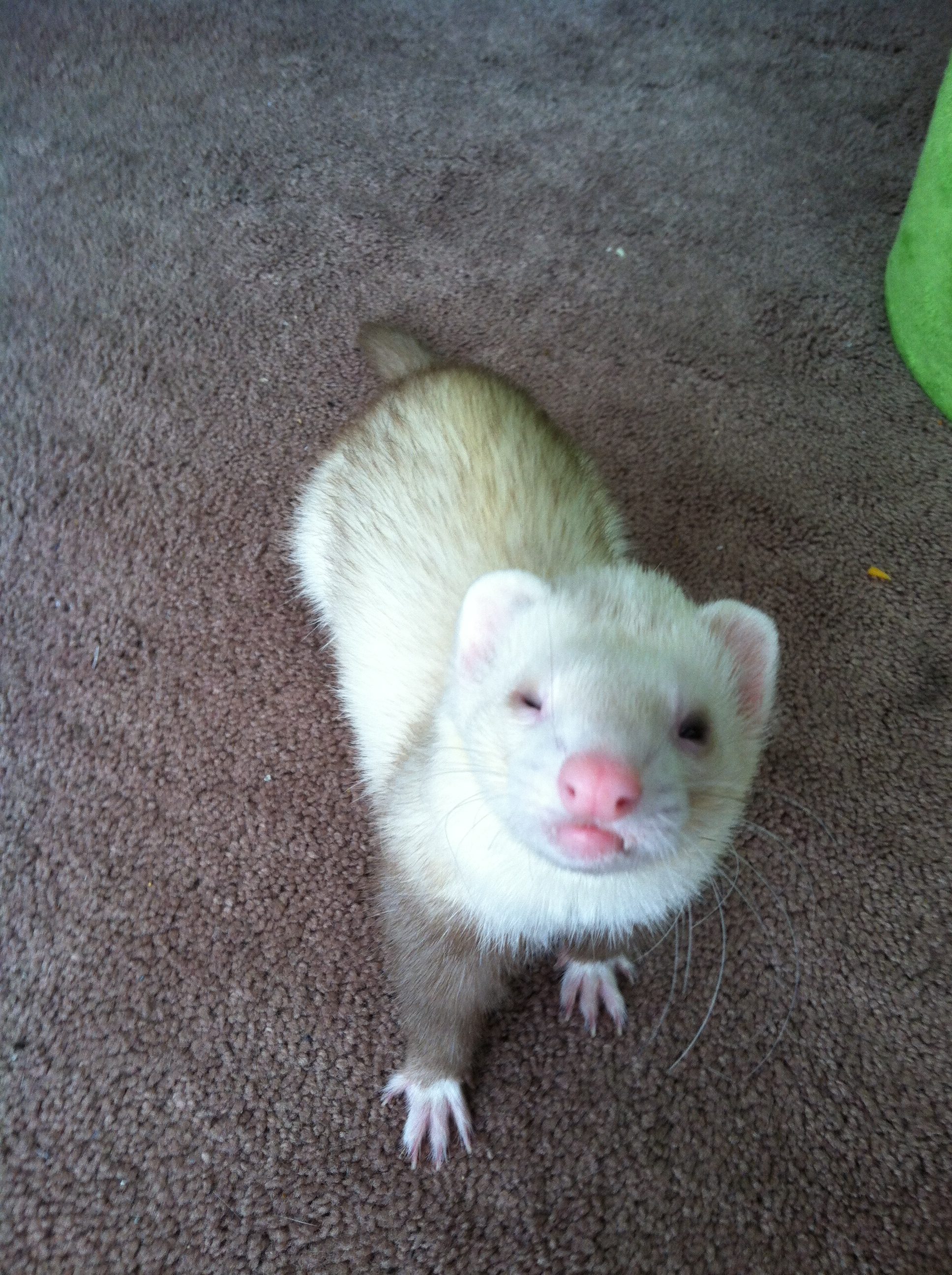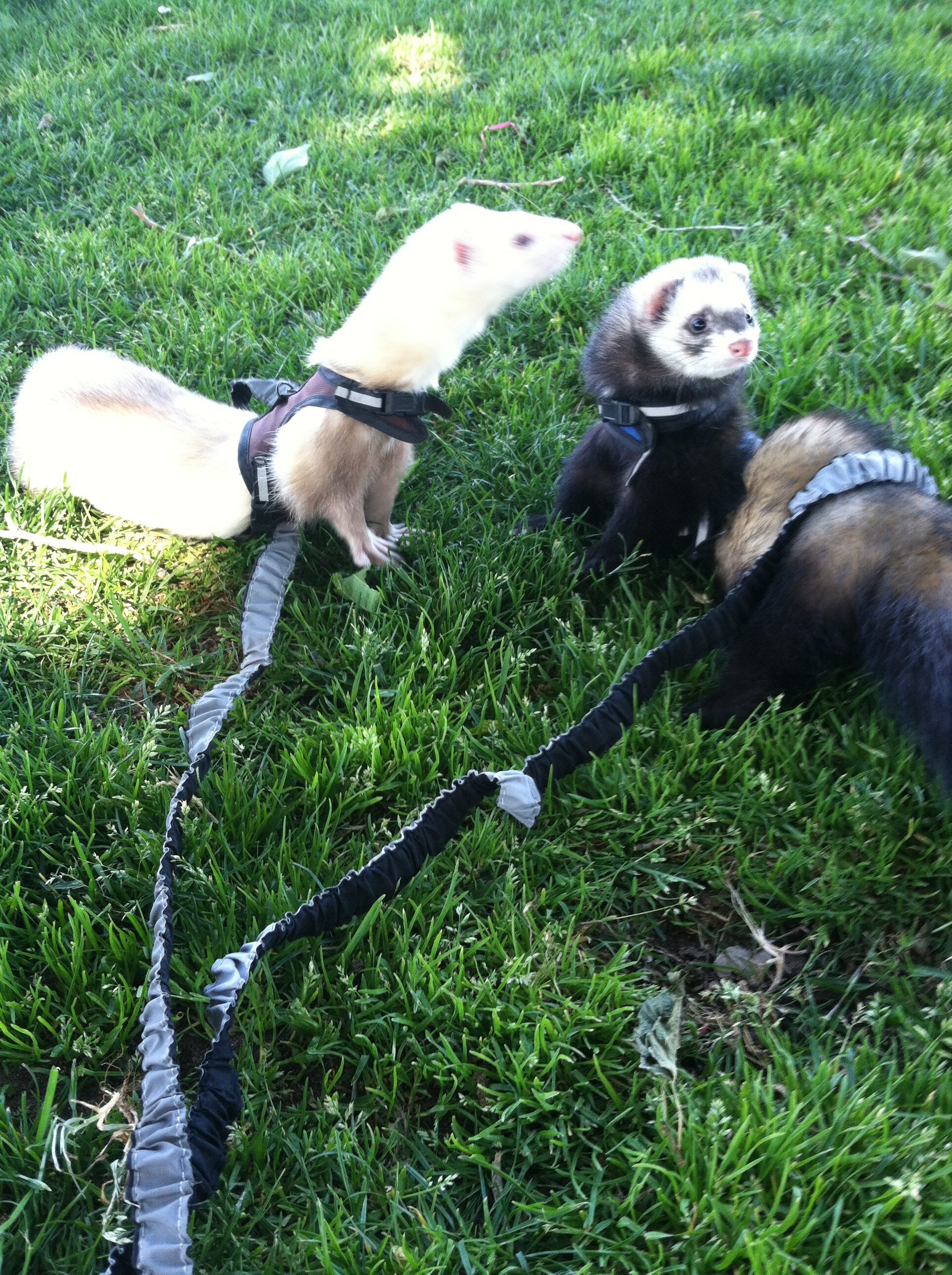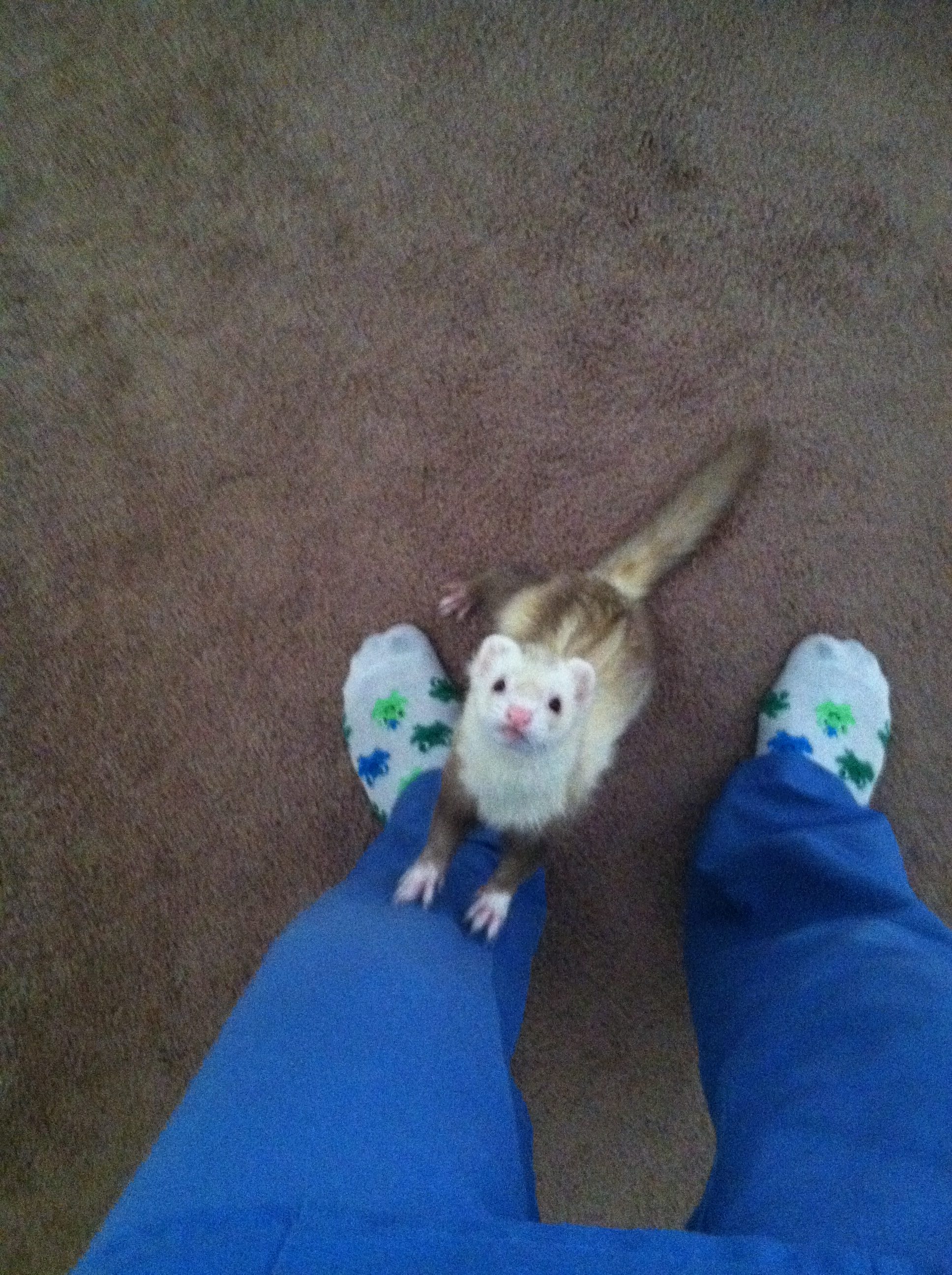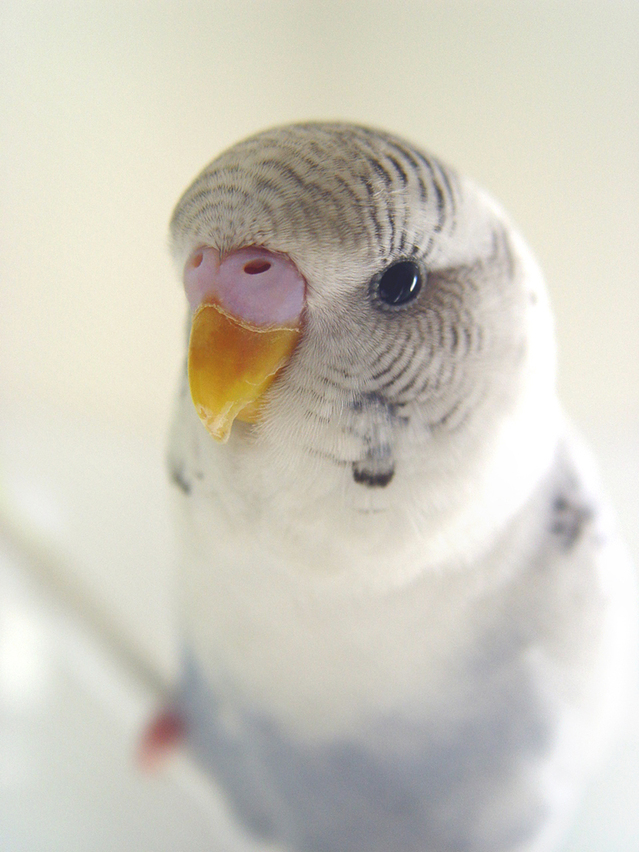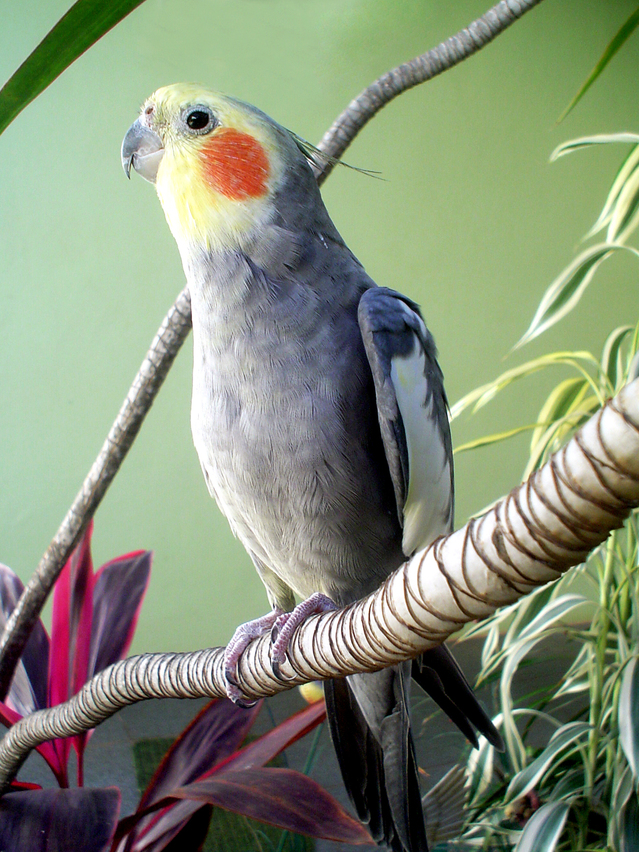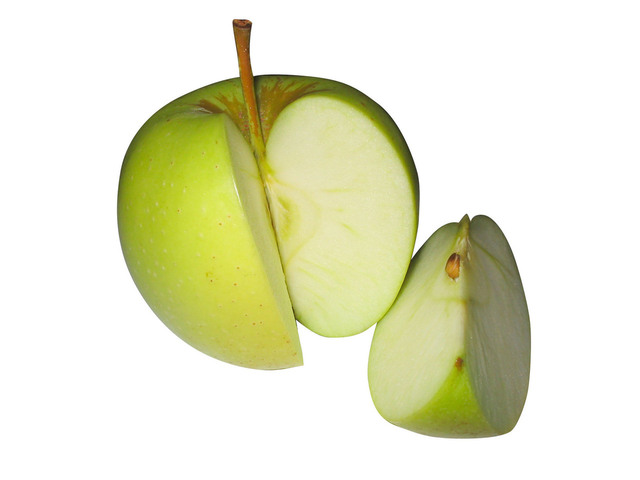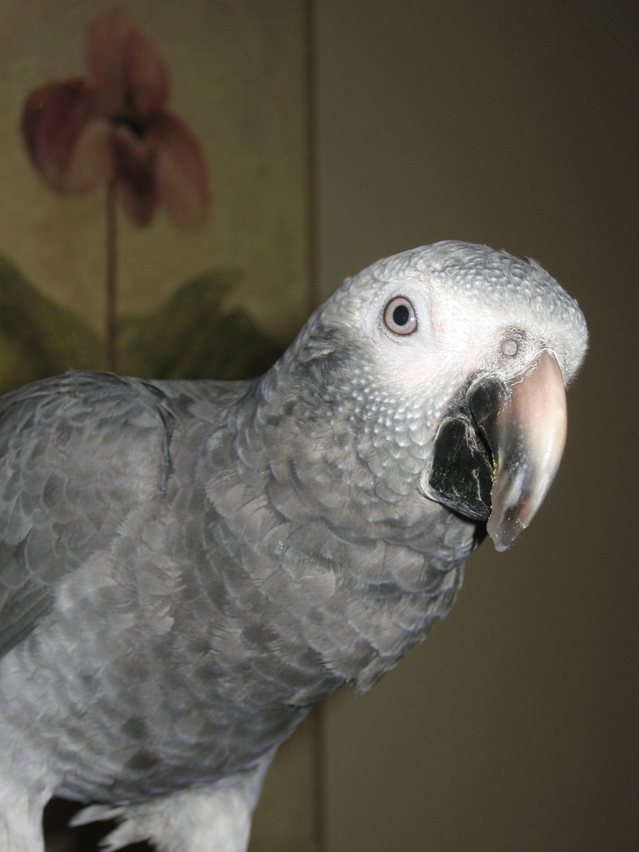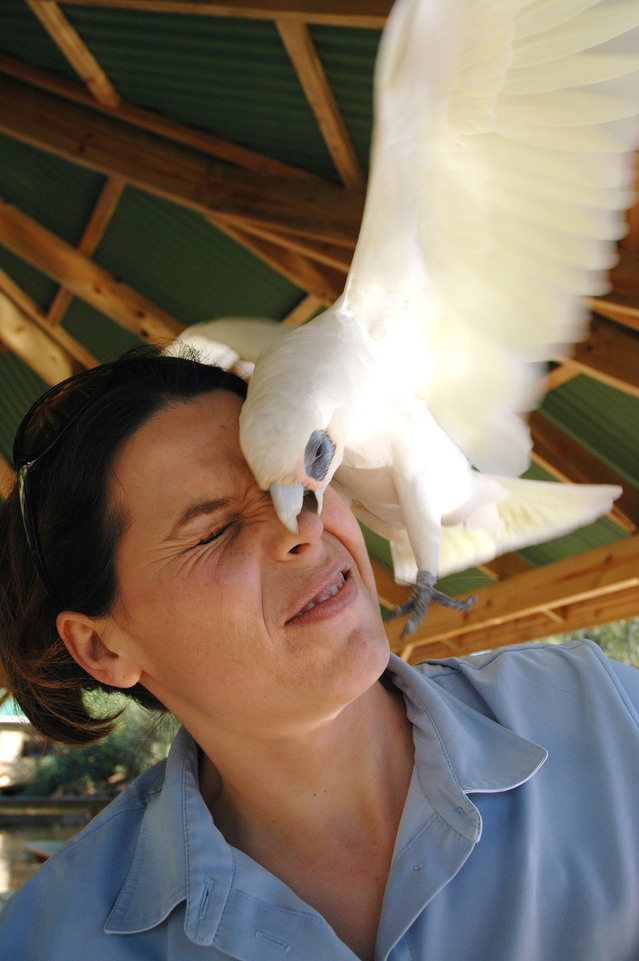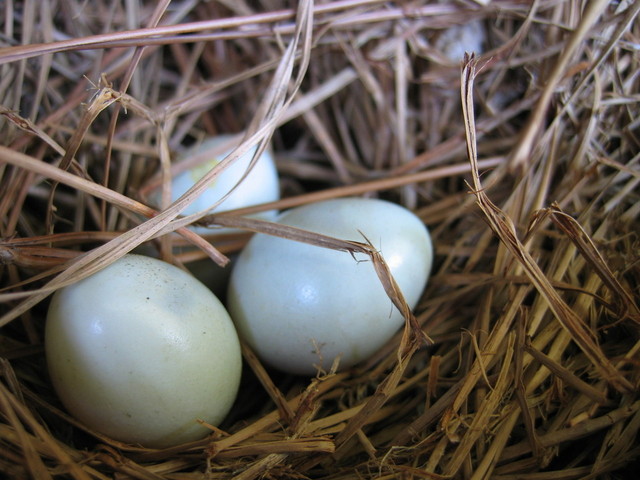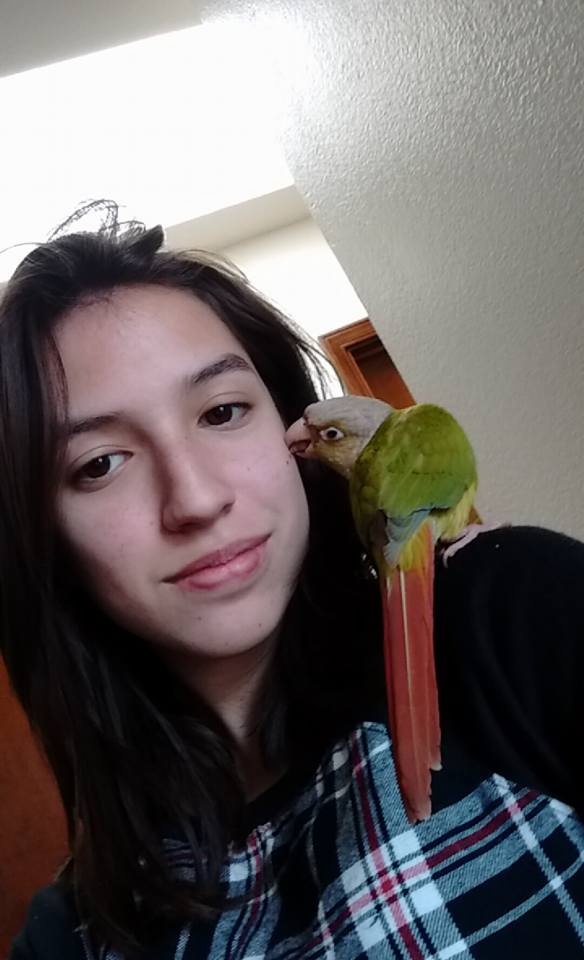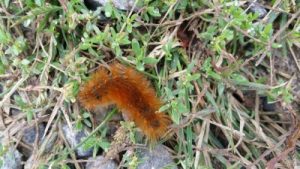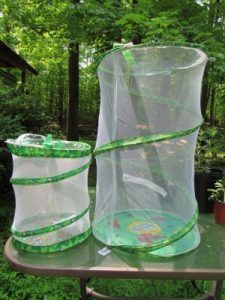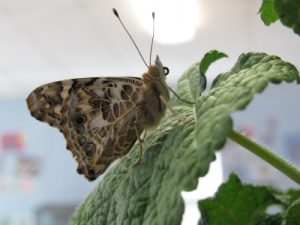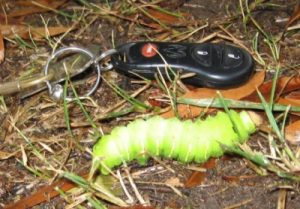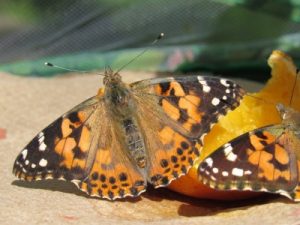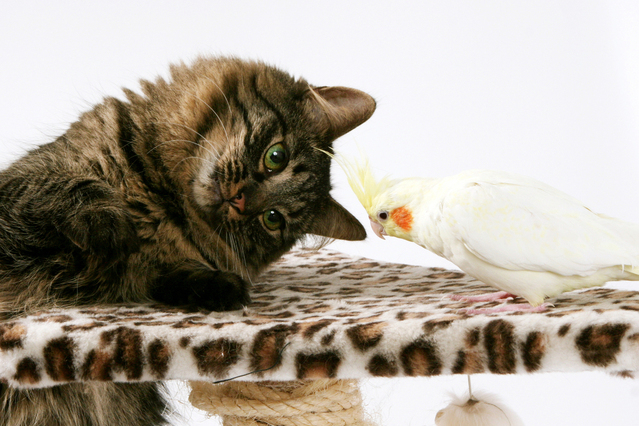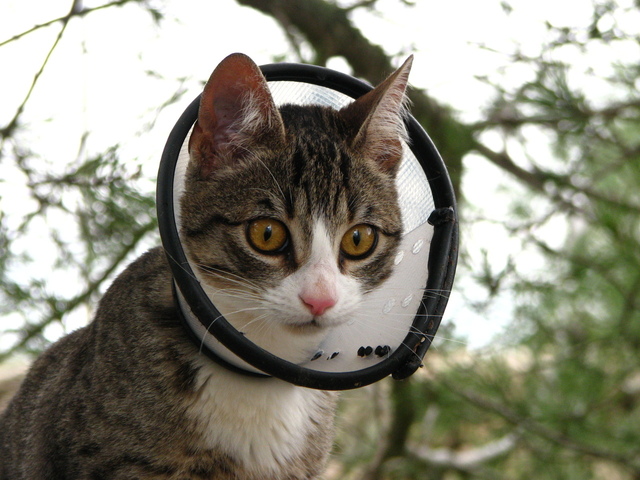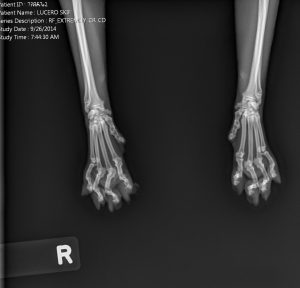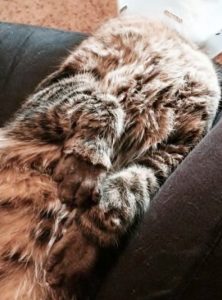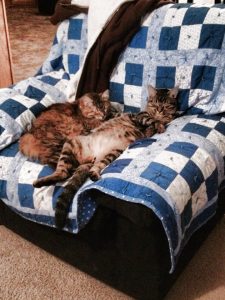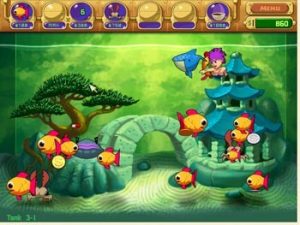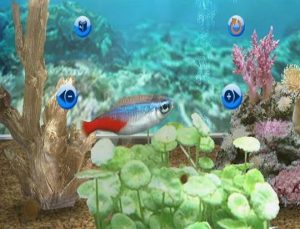Did You Know There Are Dog Allergies?
Just like humans, dogs can have allergies to anything and everything under the sun. However, it can be much more difficult to recognize the allergens present and to find the best treatment plan for dogs than it is for humans. My precious little Staffordshire Terrier mix, Annie, has been diagnosed with severe allergies to grass, grain, and potatoes. While she is probably allergic to several other things as well, these are all we know for sure.
Our journey into the vast world of dog allergies came to be when I noticed a light pink rash on her chest just a few months after I adopted her. She has very thin fur, so it was easy to spot. My family and I thought it could be a simple heat rash because she had been outside in the sun for quite a while. We brought her inside to cool down, and wrote it off as nothing more. A few days later, it was still there and growing significantly worse. Deciding that it couldn’t be just from the heat, I took her to her vet, Animal Hospital of Las Cruces, the next day.
Diagnosis and Use of Steroids on Dogs
The vet diagnosed her with an allergy to grass and weeds and gave her a prescription for prednisone, a strong oral steroid. By the end of the week, her skin was looking as good as ever! …until the steroids wore off.
The allergies were back with a vengeance, causing terrible rashes, hives, and hot spots that made Annie so uncomfortable that she would scratch herself until she bled. After many more trips to the vet, a diagnosis of food allergies on top of the environmental allergies, and vast supplies of steroids, I realized that there had to be a better way.
While oral steroids work wonders on rashes, inflammation, and hives, the side effects can be just as prominent especially if given on a regular basis. These side effects can include ulcers, delayed healing, aggression, and diabetes. I decided that daily oral steroid use was not the route I wanted to go to help Annie’s allergies. To me, the risks did not necessarily outweigh the benefits if I could find something better.

Boxer with hives http://www.dogshowpictures.net/marvelous-along-with-tempting-dog-hives-photography/hivesallergies-boxer-forum-boxer-breed-dog-forums-throughout-dog-hives/
Non-Oral Steroids
Annie and I returned to the vet one more time. We were given a topical steroid spray called Genta-Spray that could be used to help heal rashes and hives with practically zero side effects. This stuff works wonders, but only when there is already a rash present. Annie would still have to go through days of discomfort before the spray does its job. Because of this, my vet and I devolved a daily regimen for Annie to keep the rashes at bay.
Diet
Food allergies are one of the most common types of allergies found in dogs. One of the first steps in figuring out what kind of allergies your dog has is eliminating grain from the diet and changing the protein. I switched Annie to a grain-free dog food brand specifically for dog allergies called AvoDerm and her skin cleared within a few days! And then it became much worse. I rushed to the dog food professionals at Better Life Natural Pet Foods. There, they informed me that grain-free foods have a much higher percentage of potatoes than regular dog food. This is because the food needs something substantial to replace the grain and the starch of the potato does the perfect job. This lead us to believe that Annie has an allergy to both grain and potato.
Thankfully, Better Life carried one brand of dog food that is made in a factory 100% free of both grain and potato called Zignature. While it is much more expensive than a normal dog food, I immediately purchased a bag. The affect was noticeable within a few short days. Annie’s skin cleared significantly, but there was still the issue of her environmental allergies to grass and weeds.
Supplements and Medication
One of the most important things to do for dogs with allergies is to keep their skin as moisturized and healthy as possible. Because of this, a daily regimen of fish oil is recommended. I started Annie on a daily dose of two 1300 mg capsules of fish oil which immensely helped her skin heal faster and break out into rashes less. For proper fish oil dosing, visit the link below.
At the same time, l started Annie on a daily dose of Benadryl, upon the advise of her vet. She takes three regular Benadryl a day, one in the morning, two at night. For appropriate Benadryl dosing, see the website below. This helps keep her allergies in control and causes her rashes to be less severe. This daily regimen of medicines, avoidance of known allergens, and use of topical steroid spray when needed did a great deal in helping Annie fight off her extreme reactions, but her problems were still frequent enough that I added in one more step.
https://bullymax.com/benadryl-for-dogs/
Bathing
I firmly belive that this final step is what drew everything together and helped make Annie’s skin as consistently good as it is today. While Annie absolutely hates baths and anything to do with water, bathing her twice a week has made it so that she rarely gets severe rashes and when a rash is starting to appear, it vanishes quickly without causing her much discomfort. Bathing removes any environmental allergens from their skin and fur. Dogs, unlike humans, absorb the allergens through their paws and fur, making it nearly impossible for them to escape their discomfort unless it is scrubbed off of them. Twice a week, I soak Annie’s paws in a few inches of water, rinse her coat, shampoo her with itch-controlling shampoo, wash her with fresh water, and then apply a layer of lotion made specifically for dogs, and spray her with her topical steroid spray if needed.
Because bathing is known to dry out the skin and wash away oils on the dog’s fur, it is important to keep them moisturized, bringing us back to the necessity of fish oil and the possibility of using lotion for your dog. Annie began getting dandruff on top of everything else once I started bathing her regularly, so applying lotion is a very important step in the process. I have found that Warren London Hydrating Butter for Dogs Skin and Fur is a very good lotion for much less money than most other options. And it smells absolutely amazing, which is a huge plus in my book.
What You Can Do
Every dog is different, and every dog’s allergies are different. It is important to remember that some things will work and some won’t. It took the course of two years to figure out this detailed regimen for Annie, and she still gets rashes fairly regularly. They are MUCH better than they used to be, but they are still there. If your dog has allergies, it will probably be something that you and your dog will be dealing with for the rest of their life. I would recommend trying anything you can to help your dog be as comfortable as possible, for as long as possible.
One option that I have not yet tried is getting your dog tested to see exactly what they are allergic to. I have not done this for Annie yet because it costs about $400 a test, dogs allergies are constantly changing and evolving so one test might not be accurate for their whole lives, and the test does not tell you how to fix it or even give you a plan of action. Most allergies can be discovered with a conversation between you and your vet, but this is definitely a good option for some with even more extreme allergies than Annie has.
Another option that I haven’t had a need for is Jax n’ Daisy shampoo and lotion. It is similar to the shampoo and lotion that I do use, but it is a much stronger formula that is supposed to make drastic changes very quickly. The testimonials on their website seem to speak for themselves.
The most important part of figuring out a plan to tackle your dogs allergies is to be in communication with your vet in every step along the way. If you suspect your dog might have allergies, take them to the vet. If they prescribe something that isn’t working, let them know. If you have an idea of a regimen for your dog, ask your vet about it about it and don’t begin until you get the go-ahead from them. It will take a lot of work and often a lot of money, but there are alternatives to every option out there. As you can see from the immense progress that Annie has made, the determination to make a change is worth all of this and more.
Jessica Smith, Associate Editor, having been raised in a household full of dogs, guinea pigs, hamsters, and all things furry, Jessica’s love of animals has only grown over the years. She is currently volunteering for Safe Haven Animal Sanctuary in her free time when she isn’t out and about with her ridiculous pit bull mix, Annabel Lee, or taking care of her remarkably ancient guinea pig, Moose. She is also putting her literature degree to use by working as an editor for a local online magazine, Independent Noise. While she has no plans for the future, she knows that it will be filled with fur and fiction galore. You can e-mail Jessica at associateeditorjessica@yourpetspace.info







